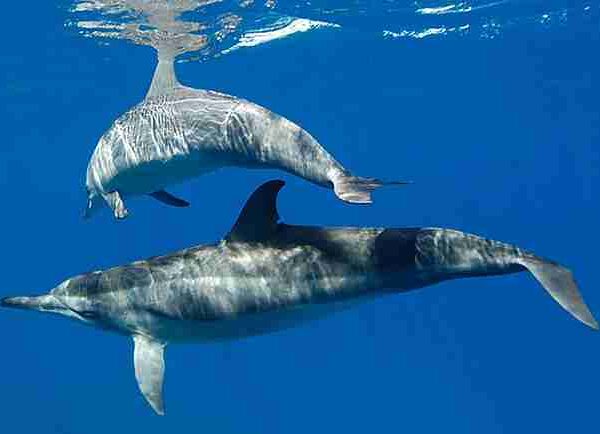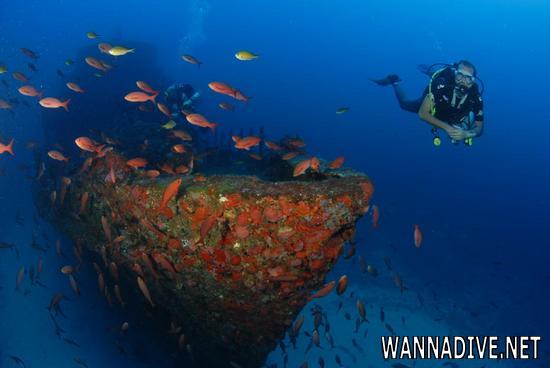The city of Pedro II in Piauí is a Piauiense treasure located in the Serra dos Matões and has a variety of options for tourists. For its 600 metres above sea level, it has mild temperatures throughout the year. In addition, the precious stone Opal was discovered in Pedro II […]
Piauí
The state of Piauí has many natural attractions worth visiting such as Teresina, Serra da Capivara, Sete Cidades National Park, Serra das Confusões, and Delta do Parnaiba.
Piauí does not appear even in the lists of the most popular tourist destinations in Brazil.
The capital, Teresina, is the only one in the northeast that is not bathed by the sea. Those looking for a sea breeze to ease the state’s characteristic heat need to aim high on the map, almost 360 kilometres from the capital.
It’s to seaside resorts like Luís Correia that Piauians themselves rush at weekends to enjoy the sands of beautiful Macapá Beach, at the mouth of the river of the same name, and bustling Atalaia, with a string of carnauba-covered wooden bars that are always packed.
There is also the deserted Carnaubinhas, with native forest and white sand dunes, which can be reached by road without signalling or by stretches of sand through which only four-wheel drive vehicles can pass.
And you’ll hear more and more about Barra Grande, whose winds have already attracted kitesurfers. Those who visit these parts usually leave from Parnaíba, the base city for one of the most popular places in Piauí, the Parnaíba Delta, where long boat trips along the river’s streams reveal mangroves, dunes, carnauba trees and river lagoons. The unique landscape of this powerful meeting of the river and the sea resembles a puzzle, a labyrinth of more than seventy river islands.
Anyone who decides to explore the geographical diversity of Piauí from Teresina and is willing to spend a little time there discovers a welcoming place, with squares and parks that have earned it the nickname of Green City, beautiful samples of santeira art carved in wood and the Environmental Park Encontro dos Rios Poty e Parnaíba – a preservation area with trails, viewpoints and walks along the two rivers that cut through the capital.
Teresina, with its friendly and talkative residents – there are just over 800,000 inhabitants – can be the starting point for the surprising Sete Cidades National Park, 200 kilometres away.
The area’s strange rocky shapes spark the imagination and some people see Indian heads, turtles and elephants. The heat is very intense, so the best time to visit is between January and July, when the region’s waterfalls and natural pools are at their busiest. The movements of tectonic plates were responsible for the formation of this mysterious territory that hundreds of thousands of years ago was the bottom of the sea.
The same phenomenon created, in the south of the state, 500 kilometres from Teresina, the fantastic archaeological site of the Serra da Capivara National Park, with traces that indicate the presence of human groups there even in prehistoric times. In 1991, the park was included in the UNESCO list of World Heritage Sites, and it is no wonder: in an area of more than 129,000 hectares, more than 900 archaeological sites have been catalogued, with the presence of paintings and rock engravings that are between 6 and 22 thousand years old.
One of the most comfortable ways to get to São Raimuno Nonato, the city that is usually sought after to access the park, has as its starting point Petrolina, in Pernambuco, which has an airport and is 300 kilometres away.
Main Tourist Spots of Piauí
More than a multitude of exuberant scenarios are in Piauí lands, such as Delta do Parnaíba, Sete Cidades National Park, Capadócia Piauiense, Oeiras, Serra da Capivara, Poti River Canyon and the capital Teresina. Kitesurfing, for example, boosts tourism on the beaches of Piauí. In just 66 km, many beauties are […]
Serra das Confusões National Park – Tourism Guide
The Serra das Confusões National Park is located in the south-western region of the state of Piauí, more specifically in the upper middle reaches of the Gurgueia river. In addition, its gateway is located in the city of Caracol. To get to the municipality, you need to take the BR-116 […]
Luís Correia has the best coastline in Piauí – Tourism Guide
Luís Correia is a municipality of northeastern Brazil, located in the north of the state of Piauí. It is one of the four coastal municipalities of Piauí, and also one of the most visited by tourists and bathers throughout the year. On weekends, many residents of Teresina hit the road to Luís Correia, which is […]
Barra Grande in Piauí has a highlight for the practice of Kitesurfing
Barra Grande, which is a small colony inhabited in the past only by fishermen. Currently it has several inns focused on tourism, with emphasis on the practice of Kitesurfing, because on this beach are found the ideal conditions for the practice of this sport. People from all over Brazil and […]
Buggy ride in the dunes of Rio Grande do Norte
The dune buggy rides in Rio Grande do Norte are famous. Rio Grande do Norte, although one of the smallest in Brazil, has one of the longest coastlines. Protected from progress for several centuries, Rio Grande do Norte has preserved most of its beaches. The south coast developed earlier, as […]
Oeiras in Piauí has an option for religious and historical tourism
The municipality of Oeiras, about 300 kilometers from Teresina, holds many surprises for tourists who visit it. The first capital of Piauí was Oeiras and it concentrates a great historical and religious wealth, translated in its mansions and in the manifestations of faith and religiosity. Visit the Historical Center of […]
Canarias Island is one of the most beautiful in the Parnaíba delta
The Canarias Island on the border of Maranhão with the Piauí in the environmental protection area in Maranhão. Canarias Island in the municipality of Araioses in Maranhão is the second largest island in the Parnaíba River Delta, second only to Ilha Grande in Piauí. Canarias Island is home to a […]
Fernando de Noronha has the highest concentration of dolphins on the planet
Inside the cove of Baía dos Golfinhos in Fernando de Noronha, one of the natural attractions of the archipelago, there is a high concentration of spinner dolphins, an oceanic and tropical species known for its behavior of jumping out of the water and performing up to seven rotations around its […]
Santa Rita de Cássia is patron saint of the city of Santa Cruz in RN
The statue of Santa Rita de Cássia and the religious tourist complex located on the banks of the BR-226 and the Trairi River, in the municipality of Santa Cruz in Rio Grande do Norte, attracts thousands of devotees every year. It is the largest statue in the entire American continent […]
Poti River Canyon reveals beauty of mountain range between Piauí and Ceará
The Poti River canyon is one of the natural features of the State of Piauí, located more characteristically in the municipalities of Buriti dos Montes, Castelo do Piauí and Juazeiro do Piauí, with two access routes: one from Juazeiro do Piauí and another from Castelo do Piauí. The Poti River, […]
Wreck of the Corvette Ipiranga in the Fernando de Noronha archipelago
One of the most famous shipwrecks in Brazil, the Corveta V 17 – Ipiranga, of the Brazilian Navy, rests about sixty meters in the waters of Ponta da Sapata in Fernando de Noronha. Very well protected by the island’s diving operators, the Ipiranga corvette has practically all its structures preserved […]
The Parnaíba Delta forms the only open sea delta in all of America
The Parnaíba Delta is in a nook between the coast of Piauí and the Maranhão, the Parnaíba River meets the ocean and forms the only open sea delta in all of America. As it approaches the Atlantic, the Parnaíba opens into five arms and gives rise to a set of […]
Serra da Capivara National Park has largest collection of cave paintings
The largest collection of cave paintings ever found in the world is in the Serra da Capivara National Park in Piauí, spread over 129,140 hectares of this park, declared a cultural heritage of humanity by Unesco in 1991. Serra da Capivara National Park is home to more than 800 archaeological […]
Tourism and Travel Guide for Oeiras and São Raimundo Nonato
Oeiras originates from a chapel founded in 1695 and dedicated to Our Lady of Victory. The town of Oeiras was elevated to a village and county seat in 1712. It became the capital of Piauí in 1759, being elevated to the municipality in 1761. It was the capital until 1851. […]
Sete Cidades has geological monuments and a rare archaeological heritage
The Sete Cidades National Park, in Piracuruca about 200 kilometers from Teresina in Piauí, is home to about 500 cave paintings on one of the large rock walls, which date back 6 to 10 thousand years and are preserved. The Sete Cidades National Park in Piauí, created in 1961 and […]


































